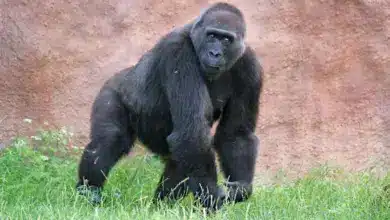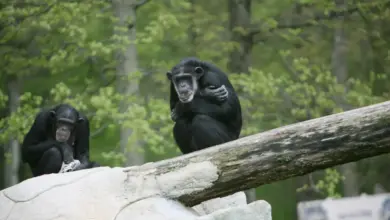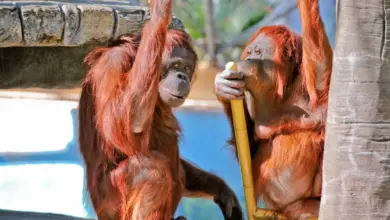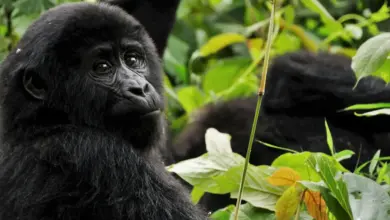Power Lines Threaten Monkeys
Costa Rican Conservationists Seek To Prevent The Electrocution Of Howler Monkeys
The populations of all species of monkeys in the Central American nation of Costa Rica fell by 50% between 1995 and 2007, according to wildlife biologists working in that country. Most of the decline can be attributed to habitat loss, as the animals’ rainforest habitat has been destroyed due to human activity.
[ez-toc]
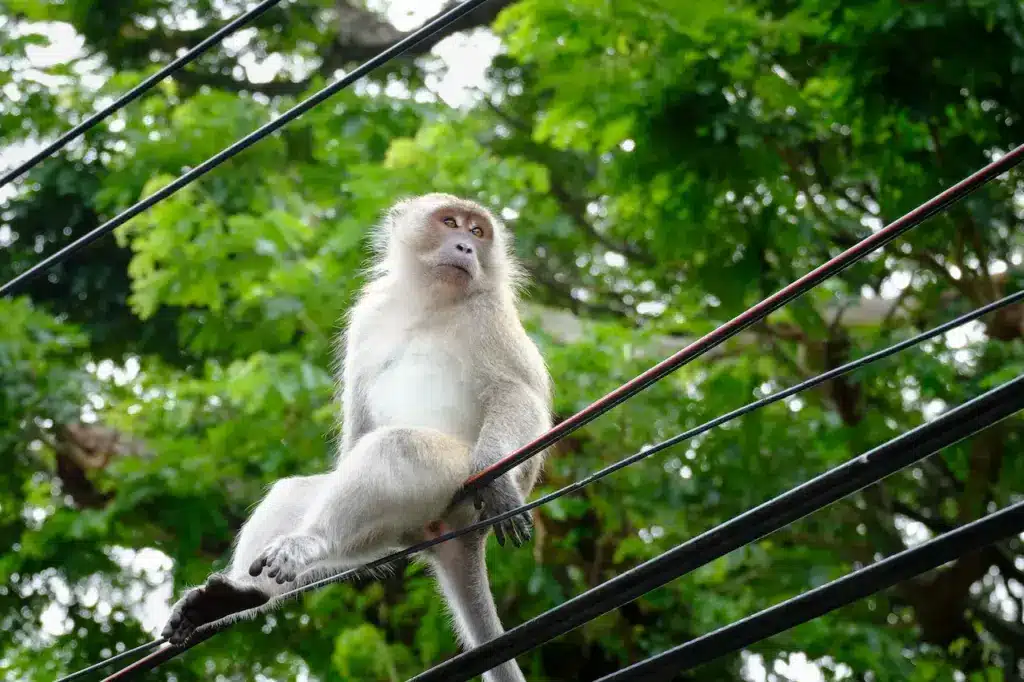
But Costa Rican conservationists have recently become concerned about yet another threat to the country’s population of black howler monkeys, as well as other primate species: uninsulated power lines and transformers that can kill or cripple them with powerful electric shocks.
According to conservationists working at a sanctuary called Nosara Wildlife Rescue, fatal electrocutions and injuries occur when monkeys traveling in the trees grasp uninsulated electrical lines or transformer leads. Even when the animals survive, they often are severely burned and likely to lose a hand.
In addition, “Many females have babies in tow when injured, and, if the infant doesn’t die from electrocution, or the fall from the high lines, then they have to try to survive, injured, orphaned, and abandoned in the jungle.”
Nosara’s Steve Coan told us recently via e-mail that there has been some limited progress in insulating lines and transformers in order to prevent primate injuries. “We have initiated a local program called ‘Stop the Shocks’ and as a result, have had approx. 47 kilometers [30 miles] of electric line exchanged for insulated line! Now the problem is that the Howlers will travel along these insulated lines until they come to the transformer leads where they are now being electrocuted! We’re working with our local electric provider to insulate these lines as well.”
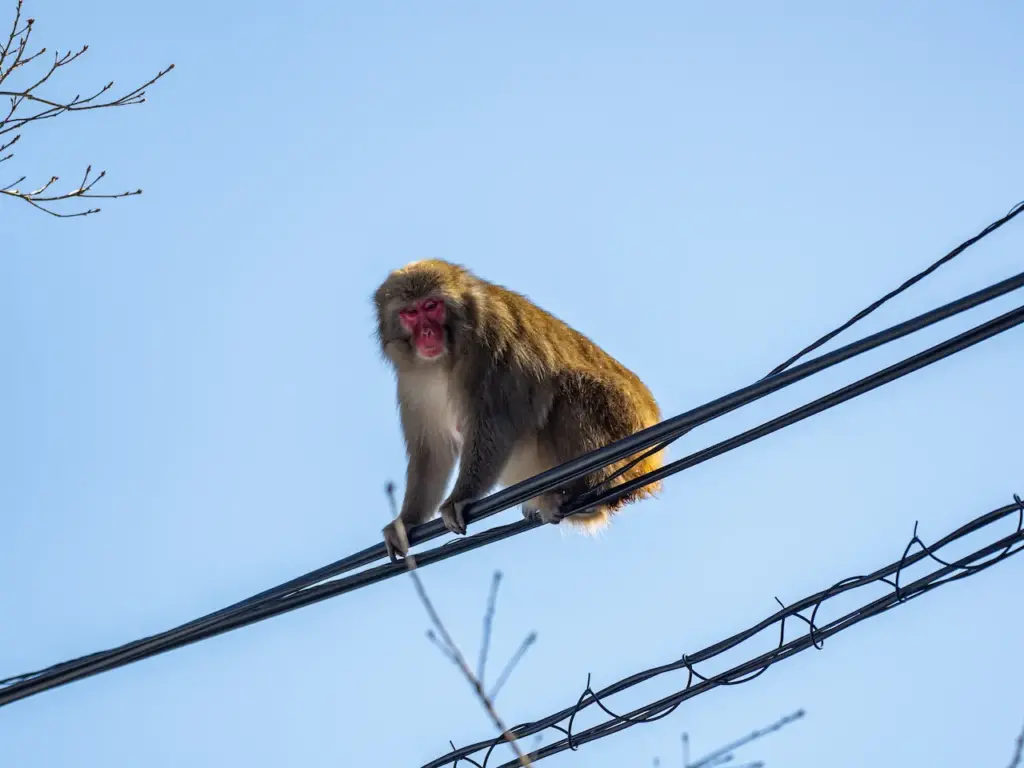
Unfortunately, in spite of the fact that Costa Rica, at 19,730 square miles, or 51,100 square kilometers, is a small nation, the length of power line that has been insulated so far is just a tiny fraction of the electrified cable crisscrossing the country, and progress is likely to be slow. Because of this, Costa Rican conservationists are planning to test a temporary—and very unusual—plan to discourage monkeys from going near the power lines until most of them can be made safe. The test involves decorating power lines that run through monkey habitat with rubber silhouettes of a predator that the monkeys fear: the turkey vulture.
Steve Coan told us, “What is needed right now is someone to oversee a small ‘proof of concept’ project. In a nutshell, the organisations involved (Refugio Animales de Nosara and SIBU Sanctuary) want to create silhouettes of life sized turkey vultures out of recycled rubber which they would hang on the guide wires of electric poles as they are a natural enemy of Howler Monkeys.”
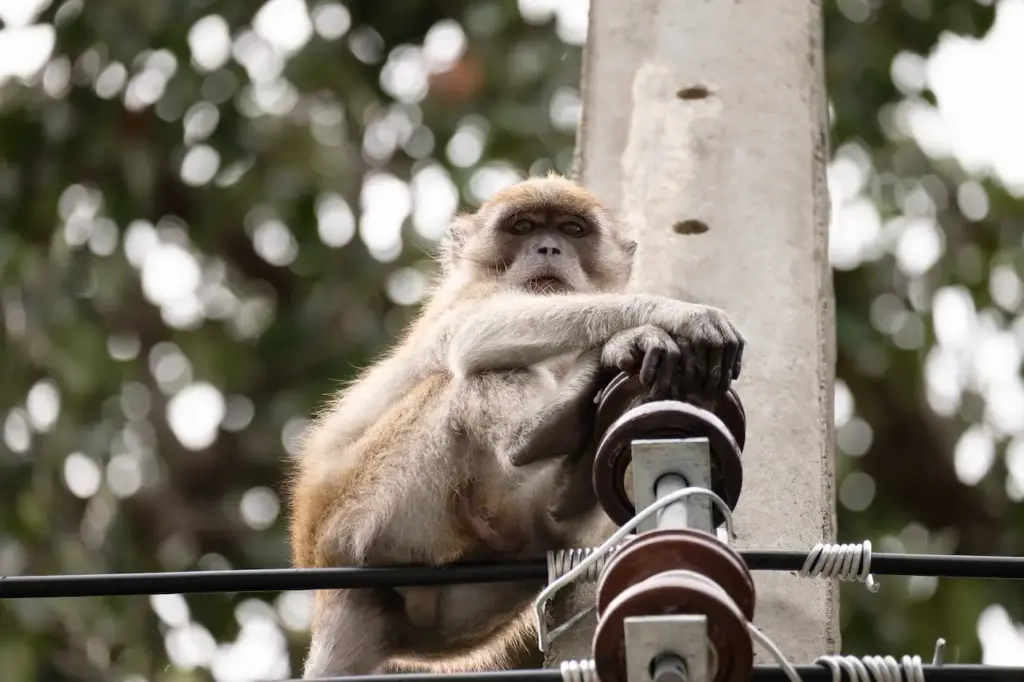
Besides saving the monkeys, Coan said the project could also benefit local communities around the country by providing work for people crafting the silhouettes.
“The impact could be huge with communities all over the country participating in the manufacture and placement of these silhouettes in areas where the Howlers are being electrocuted.
“Albeit, it’s only a temporary fix but the organisations involved see this as the best course of action outside changing the uninsulated power lines and transformers to insulated ones.”
If you think you might like to learn more about the howler monkey project, visit Nosara’s website.
